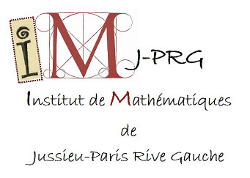Despite over a century of progress, determining whether a prescribed system exhibits chaotic behavior remains a major mathematical challenge. Even foundational examples like the Three-Body Problem and the Van der Pol Equation are still not fully understood. Classical concepts from Poincaré and Birkhoff—such as instability regions and homoclinic points—remain difficult to apply without detailed knowledge of the system, limiting their usefulness in practice.
Recent advances in the topological theory ofsurface dynamics have led to topological criteria for detecting rotational chaos, i.e., the presence of rotational horseshoes, based on simple properties of annular maps. These criteria translate classical notions into conditions that can be verified by finding a finite orbit connecting two open sets, which are easy to compute from basic information of the map.
In this talk, we present these results, beginning with annular dynamics and applications to families of maps, billiards, and Poincaré sections, and extending them to surfaces of higher genus, reaching applications to Reeb flows eqquiped with Birkhoff sections.

